Of all the artistic eras in Seville, El Barroco stands out, perhaps for merging especially with our way of seeing life, and there are two Sevillian painters who excel in that special way of looking at reality: Velázquez and Murillo. From naturalism to gloomy lighting, from iconography to the most transparent realism, all the work of these two great masters is heir in a certain way to the Seville of the time. A walk through its key places will reveal these reminiscences and pictorial atmospheres.
Bartolomé Esteban Murillo It is another great of Sevillian baroque painting. The Museum of Fine Arts (the second art gallery in Spain) has a huge collection of his works. The beautiful museum square is dominated by its statue. Also in the Hospital de La Caridad you can admire the quality of Murillo, contemplating the pictures that adorn its walls.
This itinerary that we propose, travel through the Seville of the seventeenth century following the artist's footprint in the emblematic places of his biography. A) Yes, buildings he frequented or for which he carried out some of his most relevant works, being able to contemplate in them more than 50 original paintings and more than 80 reproductions.
- Murillo's House.
Direction: C / Santa Teresa 8, 41004 Sevilla - Seville Cathedral
Direction: Avda. of the Constitution s / n, 41004 Sevilla - The Real Alcazar
Direction: Patio de Banderas s / n, 41004 Sevilla - San Bartolomé and La Lonja
Direction: Avda. of the Constitution s / n, 41004 Seville - Current Archive of the Indies - Charity Hospital
Direction: C / Temperate 3, 41001 Sevilla - Convent of San Francisco
Direction: Plaza Nueva, 41001 Sevilla - Church of La Magdalena
Direction: C / San Pablo 12, 41001 - Museum of Fine Arts of Seville
Direction: Museum Square 9, 41001 Sevilla - Chapel of The Expiration of the Museum Brotherhood
Direction: Museum Square 10, 41001 Sevilla - House of Los Pinelos
Direction: C/Abades 14, 41004 Sevilla - Los Venerable Hospital
Direction: Los Venerables Square 8 , 41004 Sevilla - Santa Cruz Square
Direction: Santa Cruz Square, 41004 Sevilla - Church of Santa María La Blanca
Direction: C / Santa Maria La Blanca 5, 41004 Sevilla - Plaza del Pozo Santo - San Andrés
Direction: Plaza de Pozo Santo, 41003 Sevilla

Murillo's House
Start point, the kilometer zero of these routes, It will be the Murillo's House (1), located in the number 8 from Calle Santa Teresa, Penultimate home of the teacher and place where his workshop was located in the last years of his life.
Direction: C / Santa Teresa 8, 41004 Sevilla
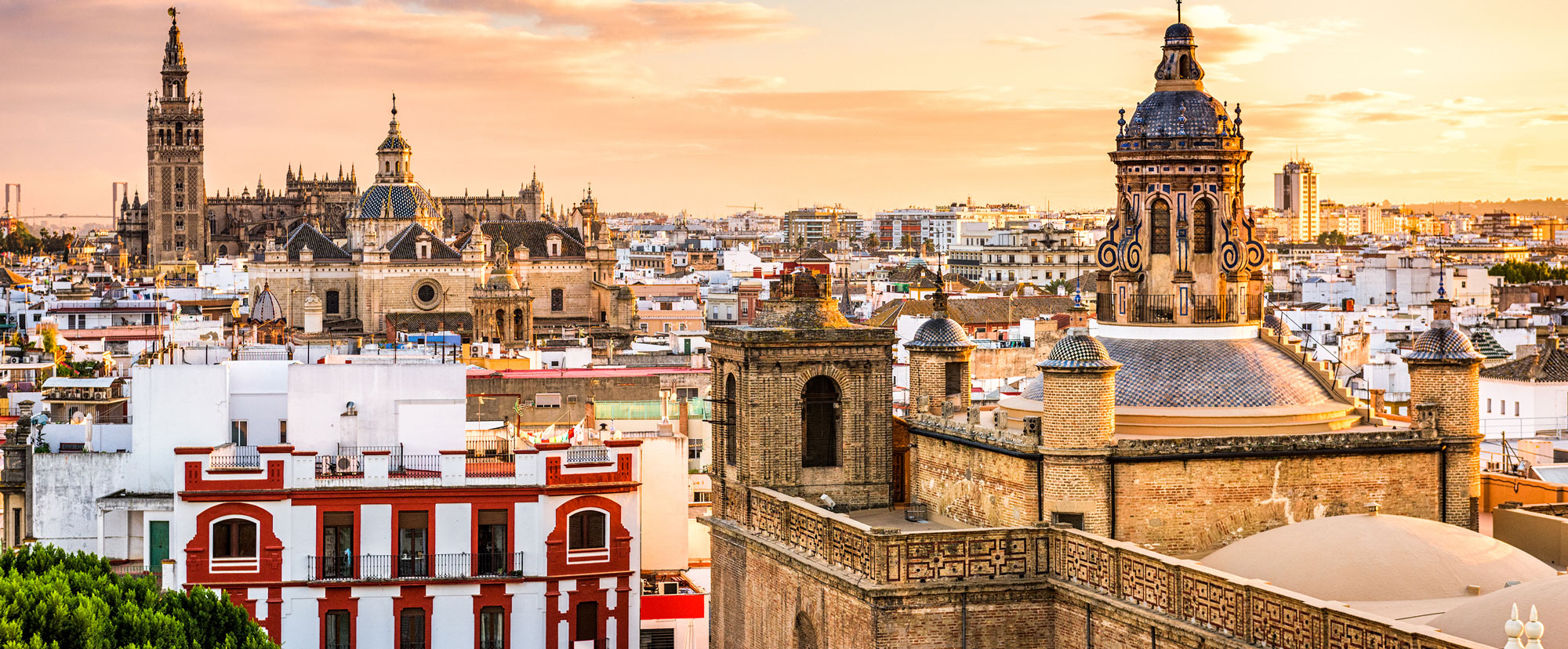
Seville Cathedral
Seville Cathedral (2) era, in Murillo's time, the most important institution for which an artist could work. Thus, All the artists wanted to obtain a commission from the Cabildo and have their work seen inside the metropolitan temple, nerve center of religious life, cultural and daily life of the city.
The Cathedral preserves some of the most important works of the artist, representative, what's more, of his various creative periods, since San Isidoro Y San Leandro from its initial stage, to the portrait of the Venerable Sor Francisca Dorotea, executed in the last decade of his life.

The Real Alcazar
Although Murillo did not get to make any paintings for the Real Alcázar Seville (3) , Nevertheless, his artistic production is closely related to this building in which, what's more, one of his paintings is preserved.
Direction: Patio de Banderas s / n, 41004 Sevilla
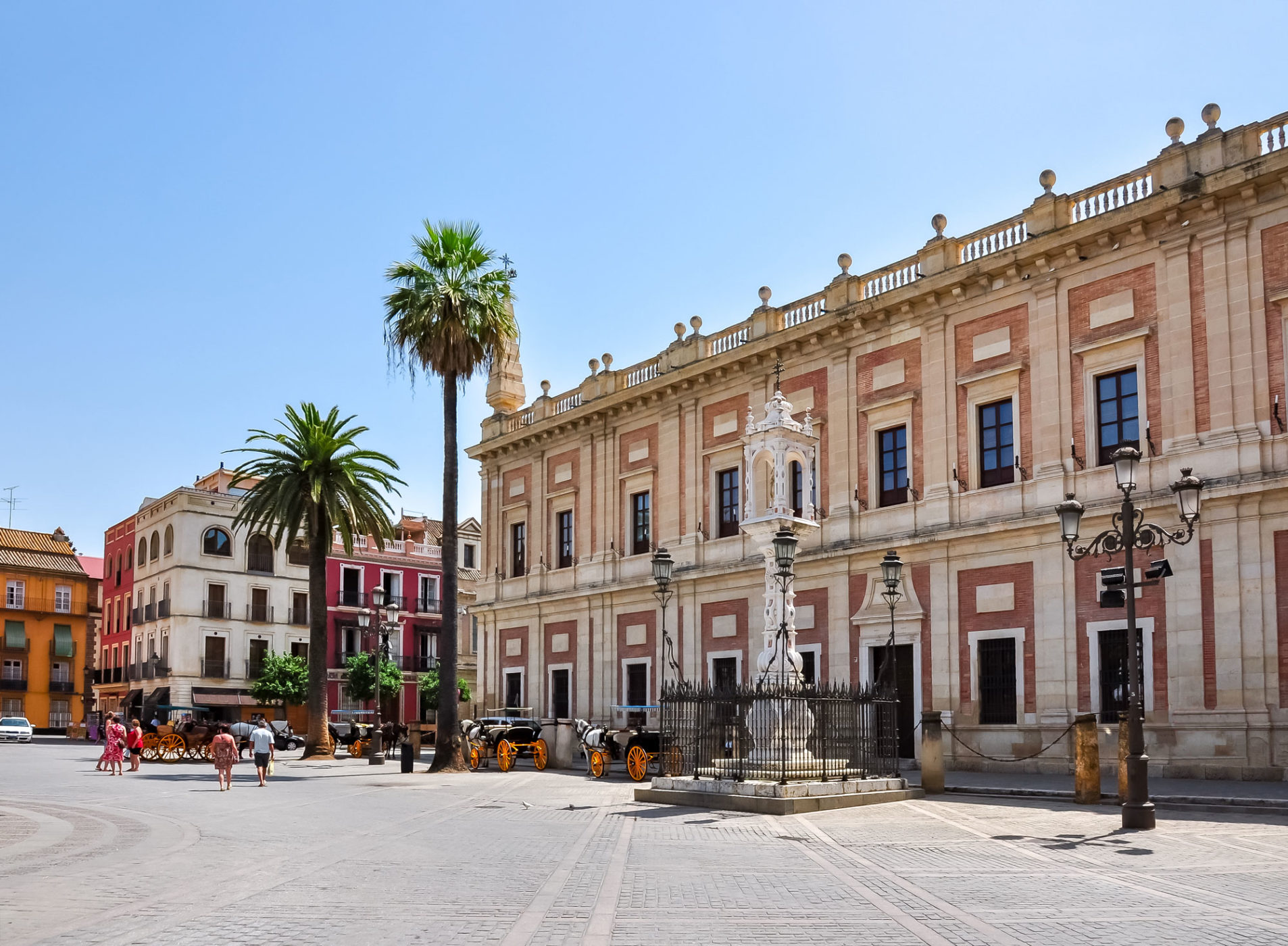
San Bartolomé and La Lonja
The Santa Cruz collation was his residence until 1663, even in her temple the last of her children is baptized, to which he would return in his later years. Although he also lived in what is known as San Clemente, stay that makes him a neighbor of figures such as Justino de Neve or Miguel de Mañara. Another of the places that I frequented the most during this stage was The Archivo de Indias, then Lonja House (4) .
Murillo's relationship with this building in La Lonja was very close, since the headquarters of the pioneer Painting Academy, founded by the artist and by Francisco Herrera el Joven in the year 1660. The foundation of bliss Painting Academy, the first in Spain, it was a fundamental achievement in Murillo's career, who served as its president since 1660 until 1663.
Direction: Avda. of the Constitution s / n, 41004 Seville - Current Archive of the Indies
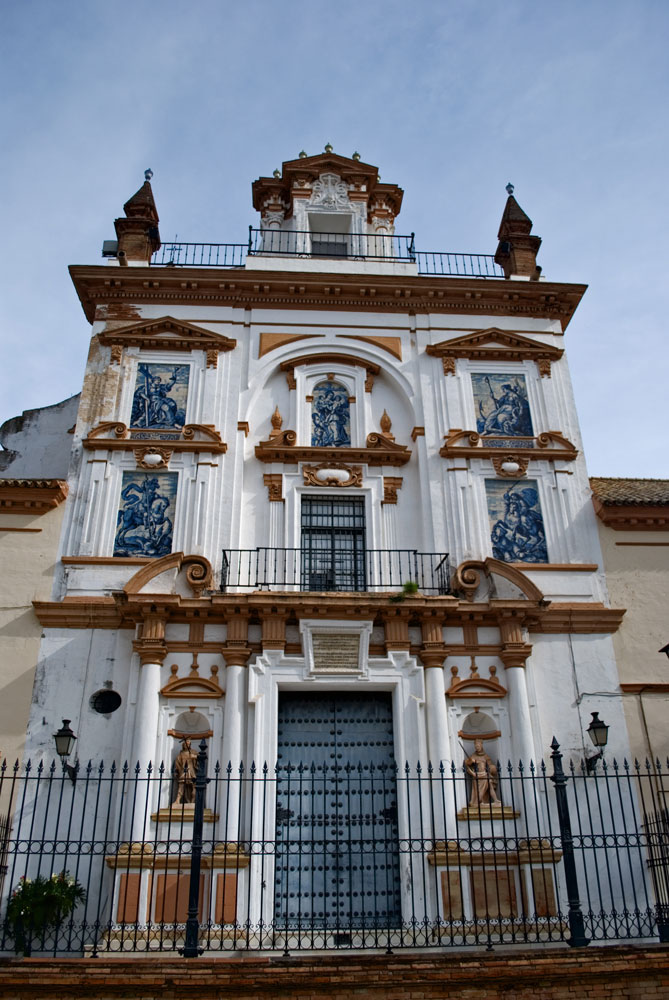
Charity Hospital (5)
Miguel Mañara, He was an illustrious and wealthy Sevillian aristocrat, Twenty-fourth Knight of the City and Provincial of the Holy Brotherhood of Seville, Knight of the Order of Calatrava and Mayor, belonging to a family of merchants of Italian origin. After the death of his wife in 1661, applied to join the Brotherhood .
Murillo entered the institution in 1665, probably, at the proposal of Miguel Mañara. He began working on the church paintings in 1667 and ended them in 1670; to these paintings were added, subsequently, other works of the artist that were arranged in different altarpieces inside the temple.
Direction: C / Temperate 3, 41001 Sevilla
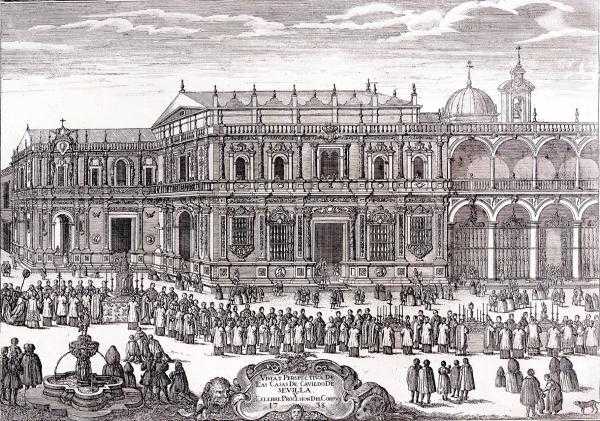
Convent of San Francisco
Shortly after their wedding, Murillo receives his first major commission, the canvases for the Small Cloister of the Convent of San Francisco (6) , what is now Plaza Nueva. Shortly after, he moves from his neighborhood of a lifetime to live in the area known as "San Isidro" at the number 19 from Corral del Rey street. From this time date the << The betrothal of Santa Catalina>> , << The Adoration of the Shepherds>>, << The Holy Family of the Little Bird>> The << Madonna and Child>>.
Direction: Plaza Nueva, 41001 Sevilla
Church of La Magdalena
In this baptismal font, coming from the old parish church of Santa María Magdalena (7) , was baptized on 1 of January of 1618 Bartolomé Esteban Murillo. He was the last child of the marriage formed by the barber surgeon Gaspar Esteban and María Pérez Murillo. The family lived in a house located next to the Convent of San Pablo, although it is not known with certainty where it could be located, because the urbanism of the area was deeply renewed.
Direction: C / San Pablo 12, 41001

Museum of Fine Arts of Seville
The Museum of Fine Arts of Seville (8), It is an emblematic place for the knowledge of the artistic personality of Murillo, since it preserves one of the most important collections of paintings by the artist.
Direction: Museum Square 9, 41001 Sevilla
Chapel of The Expiration of the Museum Brotherhood
The real, Illustrious and Fervent Brotherhood of the Blessed Sacrament and Arch Confraternity of Nazarenes of the Sacred Expiration of Our Lord Jesus Christ and Holy Mary of the Waters ", popularly known as the Brotherhood of the Museum (9). Here we can find some of the artist like << Resurrection of Christ>>.
Direction: Museum Square 10, 41001 Sevilla
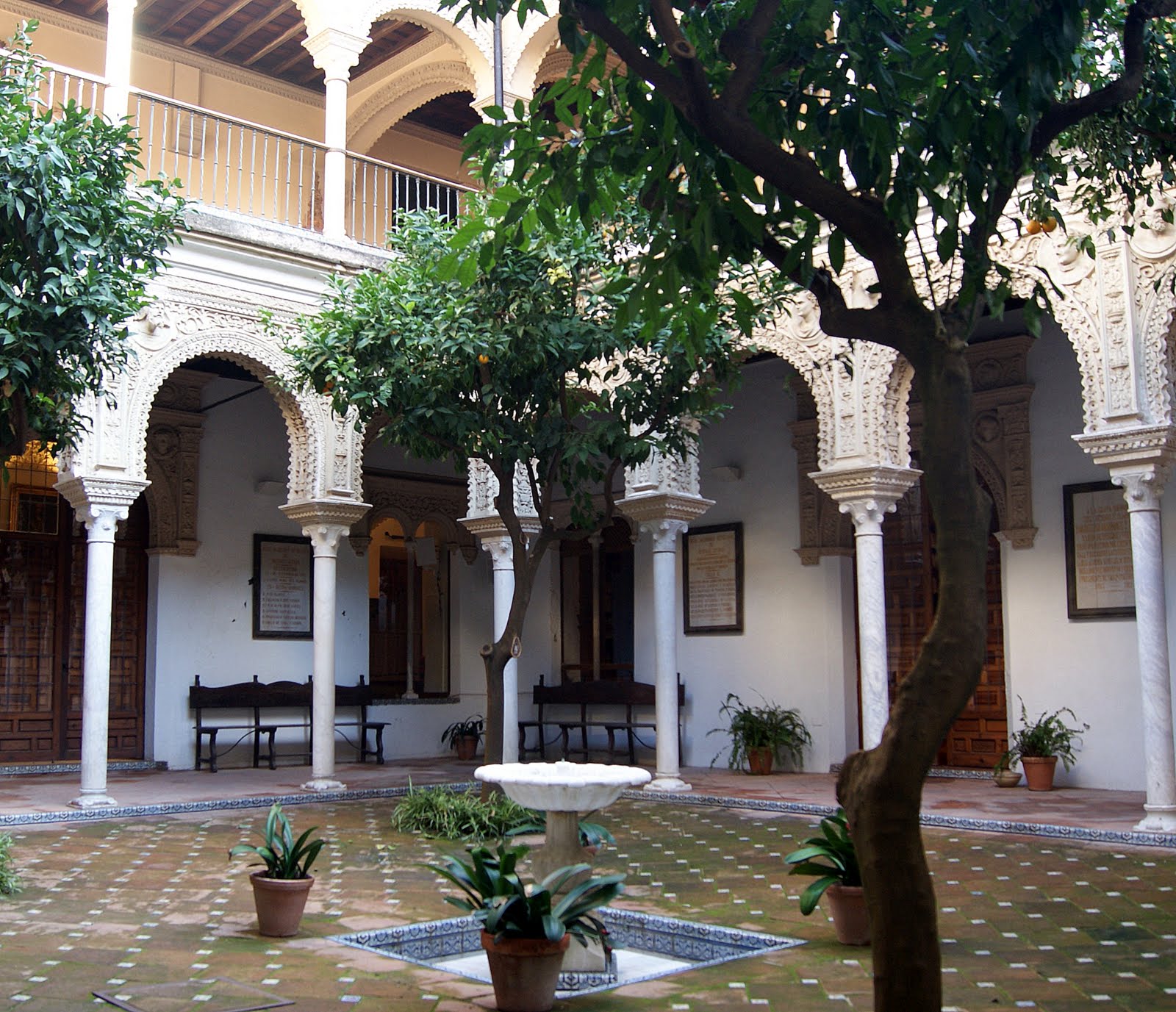
House of Los Pinelos
The House of the Pinelo (10) It is currently the headquarters of two Royal Academies of Seville: the lower floor of the building houses the Royal Academy of Good Letters of Seville, while the upper floor houses the Royal Academy of Fine Arts of Saint Elizabeth of Hungary, heir to the mythical Academy of Painting founded by Murillo and Francisco de Herrera el Joven in 1660.
Direction: C/Abades 14, 41004 Sevilla
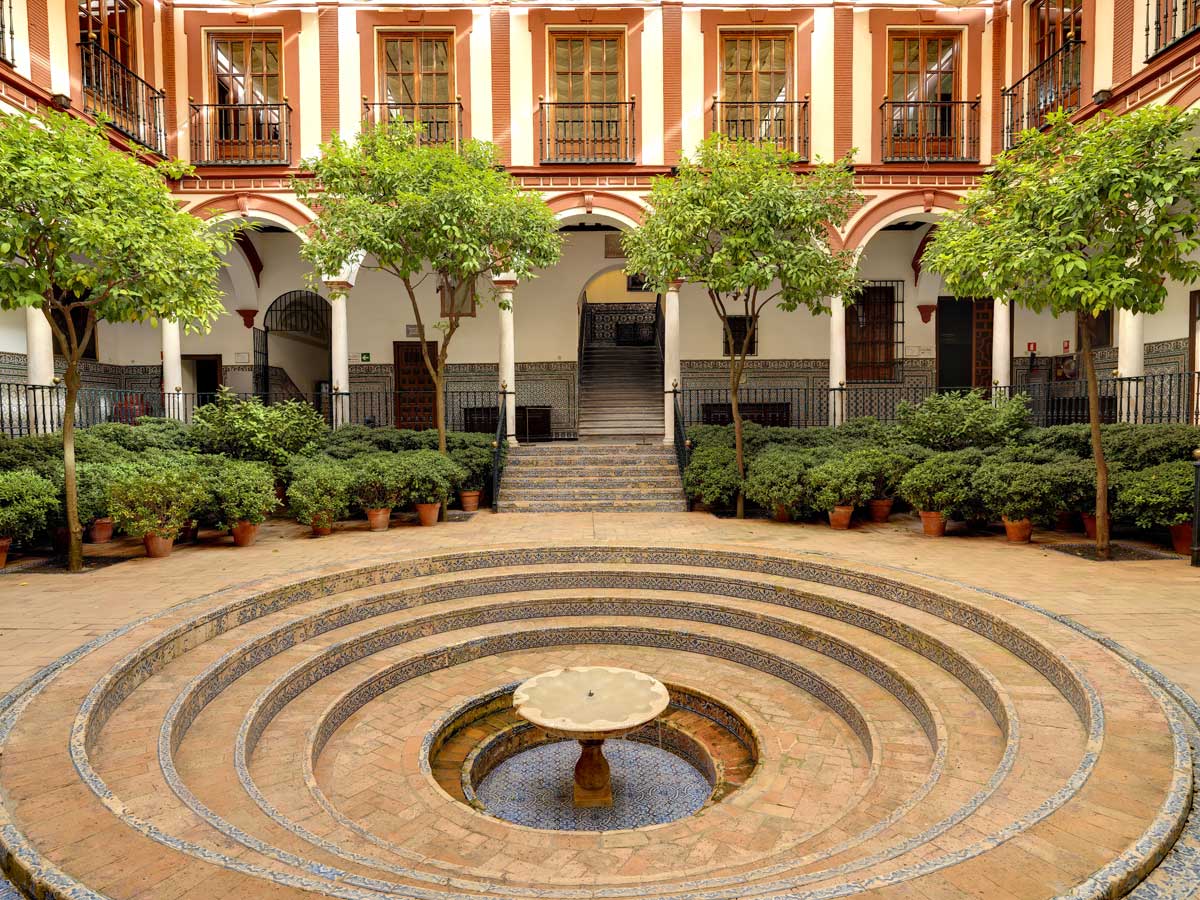
Los Venerables Hospital
Justin Snow, Canon of the Cathedral of Seville, contributed to found in 1675 a hospice designed to provide asylum for elderly priests who could not fend for themselves. Murillo was professionally linked to Hospital of the Venerable Priests (11) Y, beyond it, maintained a close friendship with Justino de Neve. Different paintings by the artist were arranged in the Hospital, between them, the emblematic Immaculate Conception of the Venerable (h. 1678) or San Pedro penitente de los Venerables (1678-1680), which was donated by Justino de Neve to the institution, where it was arranged in a temple altarpiece.
Direction: Los Venerables Square 8 , 41004 Sevilla
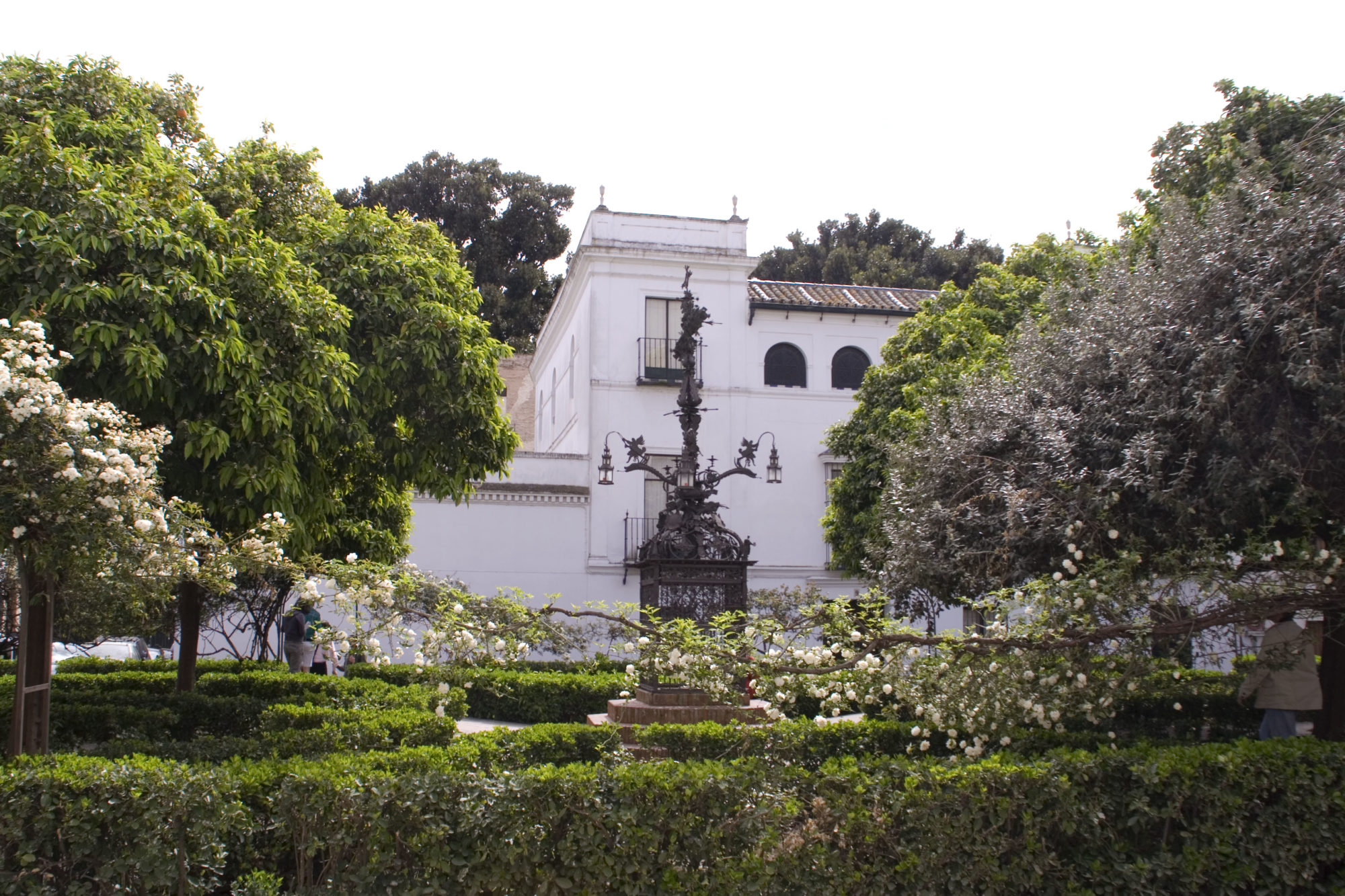
Santa Cruz Square
As we have already pointed out, the Santa Cruz neighborhood (12) it was the last place the painter lived, shortly after Mañara's death, resided in number 8 from Santa Teresa street. He was buried in the old Synagogue of Santa Cruz, destroyed by the circumstances of the nineteenth century, which currently has a square, known as Plaza Santa Cruz.
Direction: Santa Cruz Square, 41004 Sevilla

Church of Santa María La Blanca
Through The Church of Santa María la Blanca (13), It is possible to take a tour of the Seville of the seventeenth century following in the artist's footsteps towards the most emblematic places of his career. In them, you will be able to see his works and understand the creative personality of an exceptional artist, with works like Holy Supper or the Triumph of Faith and the Eucharist.
Direction: C / Santa Maria La Blanca 5, 41004 Sevilla

Plaza del Pozo Santo - San Andrés
The maternal part of the family seemed to be very well versed in painting, in addition to constant contact, since childhood with the conventual art of San Pablo, La Merced or San Francisco. The author arrived at his workshop in San Andrés in the Plaza de Pozo Santo (14), when I was fifteen years old.
Direction: Plaza de Pozo Santo, 41003 Sevilla